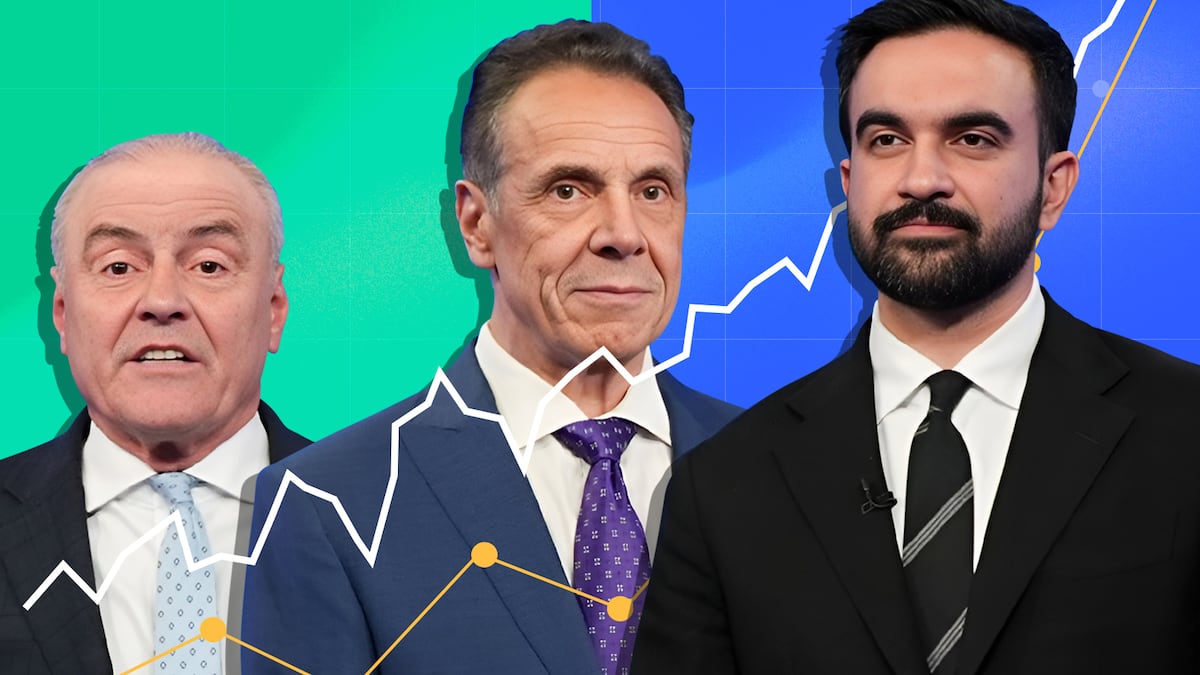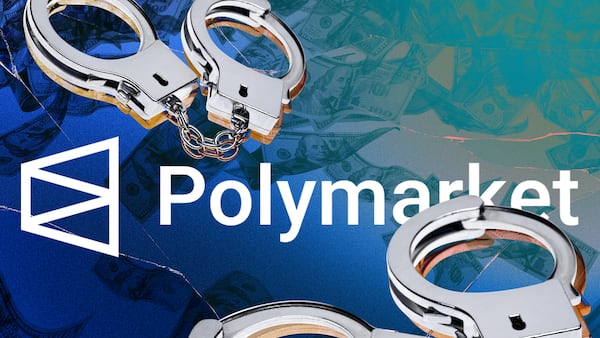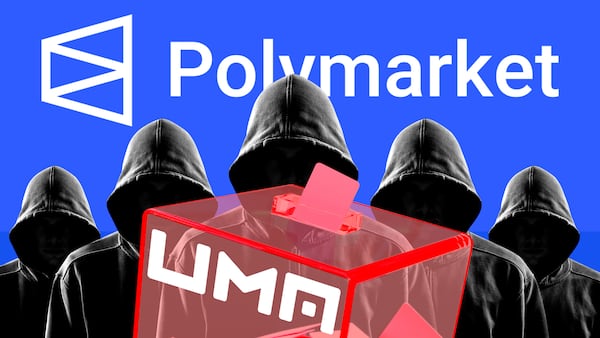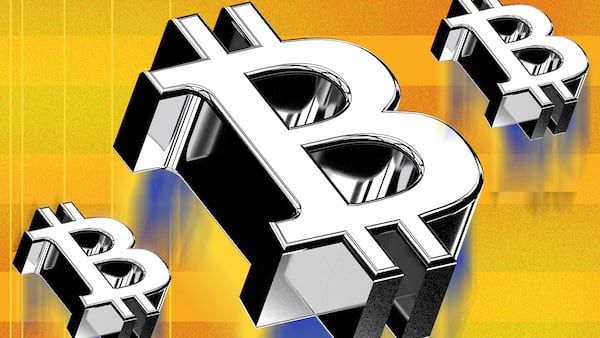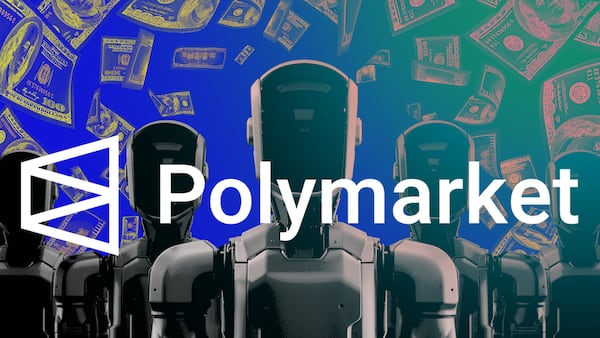- Prediction markets hit record trading volume.
- Bets on who will become the next mayor of New York City are helping drive the activity.
- Market leaders Polymarket and Kalshi are neck and neck.
Prediction markets are now handling more trading than during the 2024 presidential election as the buzzy platforms roar back into the mainstream.
Last week, top markets, including leaders Polymarket and Kalshi, saw users trade over $2 billion worth of bets — around $52 million more than the biggest previous trading week.
Two big prediction events are helping drive the volume: one asking bettors who will win the New York City mayoral election next month, and another asking which team will win the 2026 Super Bowl in February.
Prediction markets soared in the leadup to the 2024 presidential election as punters bet on whether Kamala Harris or Donald Trump would win.
But after the event was over, trading volumes dropped sharply.
Now, prediction markets are bouncing back, spurred on by a friendlier regulatory environment in the US and a coordinated push from players like Kalshi to tap the lucrative sports betting market.
“The takeover of the gambling space seems to be working,” Sam Gellman, a crypto data analyst, said of the record prediction market trading volume on X. “I truly expected it all to fade post-election. I was wrong.”
Prediction markets let users bet on the likelihood of future events, ranging from politics to culture and sports.
Unlike traditional betting platforms, where the house sets the odds based on its best diligence, Polymarket odds are a real-time reflection of the bets placed by users.
Simply put, the more demand there is for a certain outcome, the higher the odds and the prices paid for the bets.
A close race
Fierce competition between market leaders Polymarket and Kalshi underpins prediction markets’ surging popularity.
Launched in 2020, Polymarket has been the dominant prediction market for most of its life.
But now it has found a serious rival in Kalshi. It briefly overtook Polymarket in trading volume in September as the platform leaned heavily into sports betting.
“Football is now accounting for more than 70% of all of Kalshi’s trading volume,” Dustin Gouker, a sports betting consultant and predictions market analyst, previously told DL News. “It consistently built up the sports betting product for months and then launched National Football League and college football markets.”
Now Polymarket and Kalshi are neck and neck, with each handling close to $1 billion in weekly volume.
There are differences in each platform’s strategy. Polymarket’s volume appears to be concentrated in fewer larger markets, while Kalshi’s volume is more distributed.
For example, on Polymarket, the Super Bowl and mayoral election markets account for a combined $602 million in volume. The same two markets on Kalshi account for just $60 million.
Additionally, Polymarket has earned credibility among crypto enthusiasts due to its increased transparency from the platform running on blockchain rails. Kalshi, on the other hand, is built on a less transparent internal system.
However, Kalshi has hinted at incorporating blockchain technology into its future products.
“The next 10x unlock for us will be building new financial primitives for trading on Kalshi,” John Wang, Kalshi’s crypto lead, said in a presentation at Solana APEX at the start of the month.
“And crypto, as this global financial layer, is honestly essential to fulfilling that vision.”
Tim Craig is DL News’ Edinburgh-based DeFi Correspondent. Reach out with tips at tim@dlnews.com.


